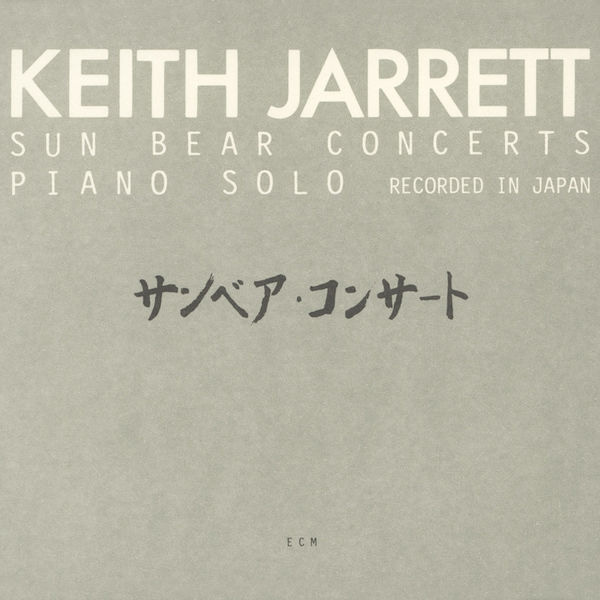Keith Jarrett’s 'Sun Bear Concerts': A Monument to Pure Improvisation
A Monument to Spontaneous Creation
Artist: Keith Jarrett
Title: Sun Bear Concerts
Label: ECM
Publication Date: January 1978/Reissue February 2021
Welcome to Vintage Cafe—a thoughtfully curated space for lovers of music, film, books, art, travel, and coffee. Each edition offers in-depth reviews, insightful explorations, and hidden gems you won’t find anywhere else. If you enjoy this content and want to support my work and independent writing, the best way is by taking a paid subscription. Your support unlocks exclusive content and keeps this space thriving.
Keith Jarrett’s Sun Bear Concerts is an endurance test, a meditation, a free fall into the unknown. It is both one of the most demanding and rewarding piano recordings ever released. Over six and a half hours, across five concerts performed in Japan in November 1976, Jarrett constructs entire worlds from a blank slate, diving deep into the well of improvisation with nothing but intuition and mastery as his guide. Released in 1978 as a ten-LP box set, this collection cemented Jarrett’s reputation as a singular force in solo piano performance, an artist capable of conjuring magic from the keys, even in moments of quiet struggle.
Listening to Sun Bear Concerts is to witness an artist in dialogue with himself. Unlike The Köln Concert, his most famous solo outing, these performances are less immediately accessible. They sprawl, resist easy resolution, challenge the listener to follow along as Jarrett chases ideas down labyrinthine corridors. The opening Kyoto performance sets the tone—tentative yet full of intent. A single minor ninth rings out like a question mark, and from there, Jarrett builds with patience and precision. He vacillates between the meditative and the explosive, sometimes floating in a dreamlike reverie, sometimes attacking the keys with a force that feels like exorcism.
The Osaka concert takes a different approach, a lyrical exploration that feels inquisitive rather than declarative. Jarrett unspools delicate melodies before twisting them into unexpected shapes, veering from stride piano to angular modernist harmonies. His influences are on full display—echoes of gospel, blues, European classical traditions, and even hints of folk music weave through his playing. There are moments of staggering beauty, where themes appear and dissolve like figures in mist. And then there are moments of restlessness, where he seems dissatisfied with his own inventions, discarding them as quickly as they arrive.
By the time we reach Nagoya, Jarrett has entered a different kind of headspace. This concert unfolds with an almost architectural precision, each motif placed with deliberate care. Classical flourishes abound, with passages that recall the romantic sweep of Chopin or the stark modernism of Bartók. But there is also an underlying tension, a push and pull between structure and spontaneity. Jarrett has always been a deeply physical player, and here his performance takes on an almost sculptural quality, as though he is chiseling music from stone in real-time.
Keep reading with a 7-day free trial
Subscribe to Vintage Cafe to keep reading this post and get 7 days of free access to the full post archives.





